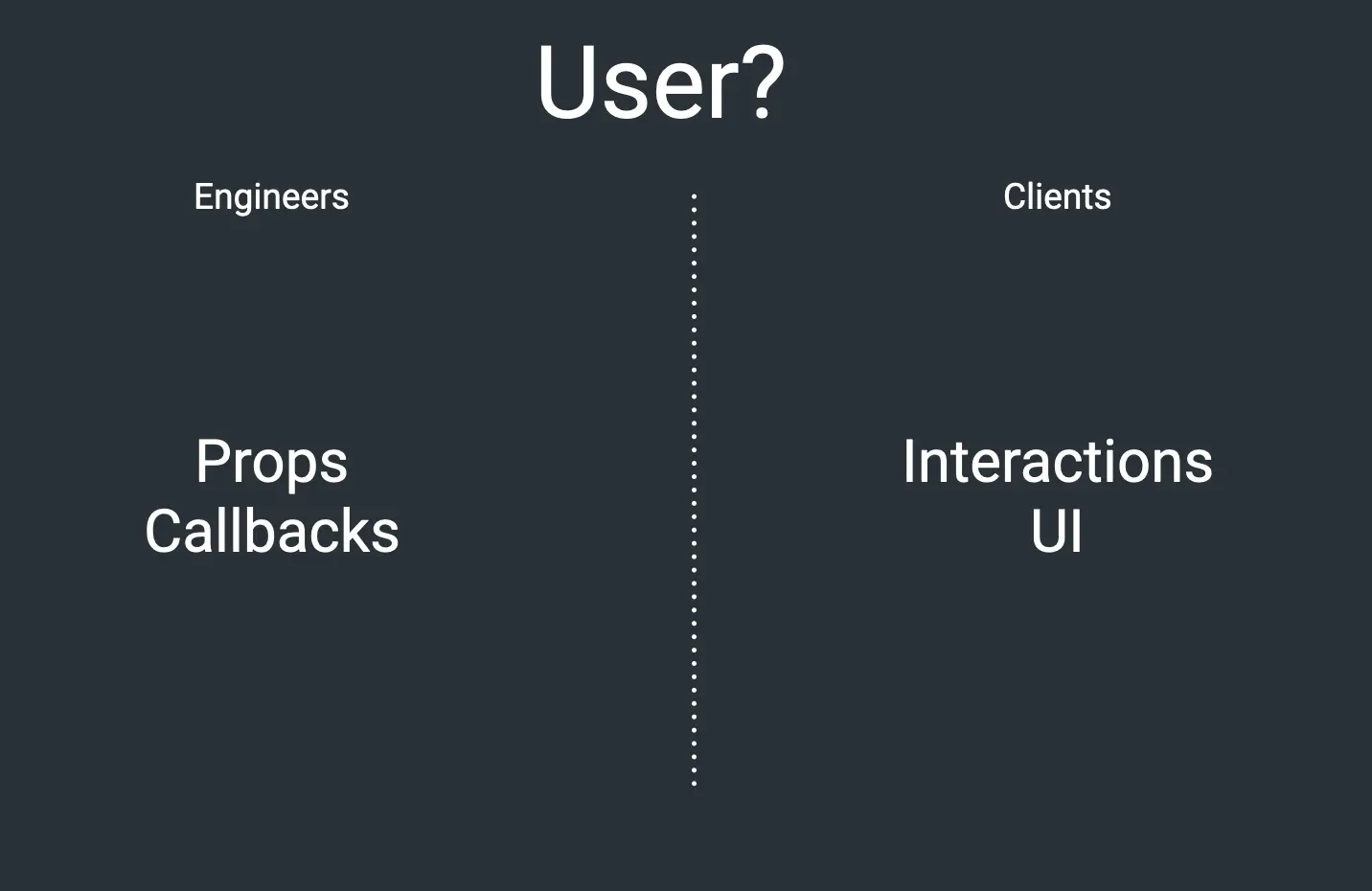To unit, or not to unit? That is the question

If you’re using one of the testing-library packages, you’re probably already familiar with the term “implementation details” and why we should not test those. If you’re not familiar with that term, here’s a quick explanation:

Since implementation details aren't something our users see, use or know about, they should not be part of our tests. I want to specifically emphasize one part of this sentence and the types of tests we need in order to adhere to it.
The way our software is used
Before talking about "the way our software is used", it's important to understand who are our users.

Usually when we think about the way our software is used, we think about our clients, the ones going from page to page, clicking the buttons and filling out forms. We should not forget about the other type of users, our fellow engineers, using the component's API.

In order to resemble the way clients use our software, we should write integration tests that include pages, many components that interact with each other and also not forget to include the "plumbing" (e.g. Data providers, Actions, Reducers and many more).
I mean, have you ever seen an app with only one button?
This part of the principal leans hard towards "integration testing is the only valid approach".
What does it mean for unit tests ? Are they useless? Well, no, they are not.
Our second type of users are engineers, and the way they use our software is entirely different.
Let's say we build a TextField component. That component will be visible to our clients, but the ones actually using that TextField will be our fellow engineers.
In order to resemble the way they use our software, we should write unit tests that cover the API of that component.
We should render only that component and verify that it works as a standalone while making sure that it succeeds in providing the entire API it promises to its users.
The bottom line is that we should understand what's the best way to imitate our user's behavior and leverage our tools accordingly.
When we have "shared" components which are widely used within our project by other developers, we should be unit testing them to verify that their API works perfectly.
When we have a feature combining multiple components, we should use integration test to verify that this feature works perfectly.
Final words
I decided to write this down because I received this question multiple times as a Testing Library maintainer. Hopefully, you now understand why unit tests are still relevant even if we follow the important principal of "testing our software the way it's used".
Last but not least,
I hope everyone's feeling well and keeping themselves safe!
If you have any questions, I'm available on twitter .
Feel free to ask or comment, I'd love to hear your feedback or help with any dilemmas you have :)
Thanks,
Matan.